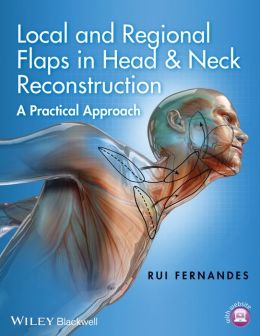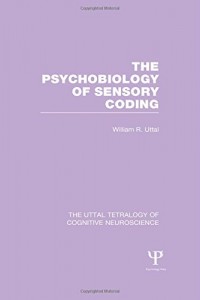-79%
Understanding the Opioid Epidemic: A Comprehensive Examination of Contributing Factors and Intervention Strategies
The opioid epidemic has emerged as a profound crisis in the United States, demanding urgent attention and multifaceted interventions. An intricate interplay of factors has fueled this epidemic, necessitating a nuanced understanding of its underlying causes and potential solutions.
The Role of Pain Management: From Vital Sign to Prescription Drug Abuse
The recognition of pain as the “fifth vital sign” by accrediting bodies aimed to prioritize patient comfort. However, this well-intentioned measure inadvertently contributed to an increased reliance on prescription narcotic pain medications as the primary treatment option. This approach often overlooked alternative pharmacologic and non-pharmacologic interventions, such as holistic health modalities, which could mitigate the need for highly addictive opioids.
The Path to Dependence and Diversion: A Vicious Cycle
Prescribing opioids can inadvertently create a dependency, especially with prolonged use. Addiction, a complex and often chronic disease, becomes a significant risk. The high cost of prescription opioids has driven many individuals to seek cheaper alternatives, such as heroin, which is often readily available on the illicit drug market.
The Compounding Risk of Contaminated Heroin: A Deadly Equation
Today’s heroin supply faces an added danger: contamination with other highly potent drugs, such as benzodiazepines and fentanyl. Fentanyl, in particular, poses an extreme threat, being significantly more potent than heroin. This combination of substances has resulted in a surge in overdose deaths, affecting both young and older individuals alike.
The Vital Importance of Timely Intervention: Naloxone and Beyond
Naloxone, an opioid antagonist, can potentially reverse overdoses and save lives. However, its effectiveness hinges on its timely administration. Unfortunately, access to Naloxone remains a challenge, highlighting the need for increased education and distribution of this life-saving medication.
Strategies for Combating the Opioid Epidemic: A Multifaceted Approach
Federal and state governments have implemented various strategies to address the opioid crisis. Prescription Drug Monitoring Programs (PDMPs) track controlled substance prescriptions, enabling better monitoring and identification of potential misuse. Legislation has also facilitated the establishment of addiction treatment centers and medicated assisted treatment programs, offering vital support to individuals struggling with opioid use disorders.
Interprofessional Collaboration: A Cornerstone of Effective Care
Providing comprehensive care to individuals with opioid substance use disorders requires a collaborative approach involving multiple healthcare disciplines. Physicians, nurses, counselors, and other behavioral health professionals must work together to develop individualized treatment plans that address both physical and psychological needs. Such interprofessional cooperation enhances treatment outcomes and maximizes patient well-being.
Conclusion: The Ongoing Fight Against the Opioid Epidemic
While progress has been made in reducing opioid-related deaths, significant challenges remain. The opioid epidemic demands continued vigilance, innovative interventions, and a multifaceted approach that addresses both its underlying causes and immediate risks. By understanding the complex interplay of factors that have fueled this crisis, and by implementing comprehensive strategies that prioritize patient care and collaboration, we can work towards mitigating its devastating impact and fostering a healthier future for our communities.










Reviews
Clear filtersThere are no reviews yet.